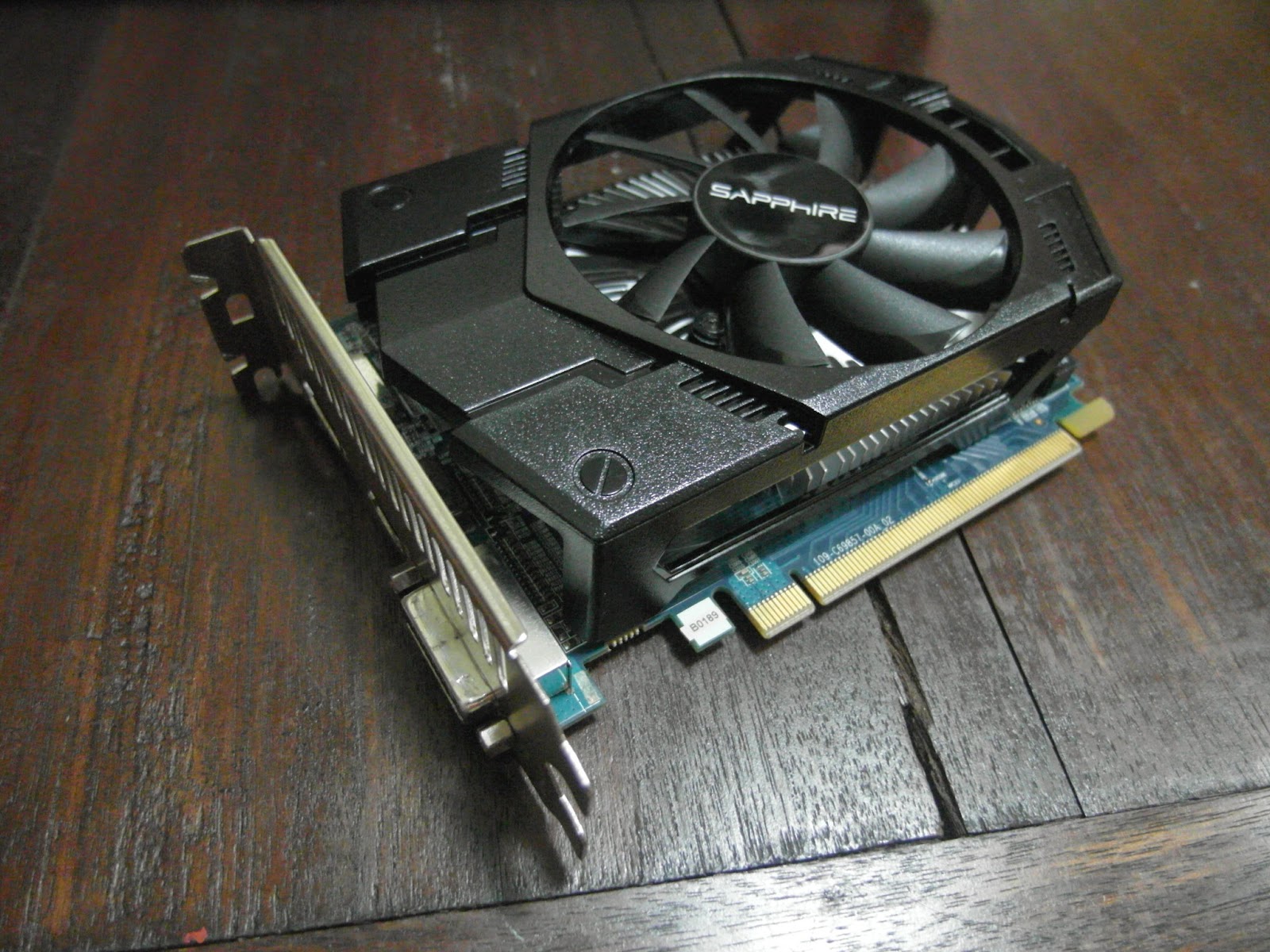The new HG model for the legendary RX-77 Guncannon has been re-released (design improved, for better articulation, more detail and so on) in the new "Revive" line of gundam plastic model kits. Now a little back story before I start. Guncannon was one of the first gundam models (does this guy count as a Gundam, or is he just a mobile suit?) I actually really liked. The design of quite bulky but not too much, all red except for the head and TWO CANNONS! Dang, I basically went "I'm gonna buy you when I get older... and I'm gonna put you together!!" The first version of this model I saw was the older SD model, sporting two Missile pods instead of the cannons. But I liked the design and whether it had the missile pods or the cannons, didn't really bother me. Man, thinking back, all the time I spent going to the toy store and asking for help from my brother to see the MG Guncannon box (they kept the MGs higher on the shelf), I really liked this model. So anyway, back to the topic at hand.
(Above-Right) I'm not sure whether many came out before this, but to me this was the original SD Guncannon which I had been wanting to buy.
(Above-Left) And that model was what I was tempted to buy before the new "Revive" series was announced.
You might be thinking, "Hey, what about that MG you wanted so badly?" Way ahead of you buddy. I bought that during the Clear Part Campaign which I think was in 2010, so got that covered too. It's still shelved however, I'm hoping to improve my building quality before attempting that one.
(Above) The model in all its glory.
The colours/colour mixtures used :
All grey parts : Tamiya Enamel Dark Grey
All red parts : Tamiya Enamel Flat Red (9 Parts)
Tamiya Enamel Flat White (1 part)
All yellow parts : Tamiya Enamel Flat Yellow
All white parts : Tamiya Enamel Flat White (8 parts)
Tamiya Enamel Medium Grey (1 part)
The part behind the visor : Tamiya Enamel Aluminium
(Above) After a long time of not using Tamiya Enamel White paint, the quality and the way the paint adheres to the parts deteriorated significantly, and that's why in the mixture above I mixed a bit of medium grey. That paint is a life saver, it helped the paint "stick" and apply very smoothly to the part. Note I sanded everything before painting, but I might look into why I had this problem. Not too proud of my paint job this time, basically summed up in one word : Sloppy. I rushed to finish this initially and I had to pay the price. Broke some parts while cleaning up two sloppy paintjobs to the head, snapped off the antennas, I don't know maybe three times and cracking a polycap on the right arm, yeah... I might buy another HG Guncannon Revive.
(Above) Another problem I faced was running out of Matt/Flat Top Coat. If you build Gundam Models, unless you like the original plastic look (I don't mind the look for certain models) I highly recommend you top coat them. It gives your models a cleaner, smoother look, and for hand painted works like my own, smooths out brush strokes to give them a spray painted look. Basically, top coat make model look good, capiche? So, I ran out of top coat and I know certain smarty pants might say "Just buy more Farid, like seriously?" Well, I went to almost every store selling spray paint, auto stores, paint stores, departments stores, and none of them had it. Even the auto spray store I usually go to buy my spray paints (and they always had flat top coat) didn't have them. Oh and ordering online was not really a choice, I rushed to finish this remember? Well... initially...
However, I am extremely pleased with the model. The articulations all having more than 160 degrees of bending. The parts are very well separated. For example, the leg consists of the upper thigh ball joint, the thigh, the knee joint and the lower parts are all separated easily to allow gluing the part before putting them together, this was a big problem for me with older models as the knee joint (usually) had to be painted and put between two parts which are to be glued (for seam line removal) and then that part sanded and painted for a complete leg. All the thought put into how the model is assembled made this model so easy to paint and put together. The fact that this model only requires very minimal painting can also be a plus, only the machine guns on the head (originally white) and the parts right next to the arms joints needed to be painted yellow, oh and the inside of the visor, would make this model look pretty good as a straight build model.
That's pretty much it, and excellent model to build and paint! Now to save up and buy two more of these bad boys~
Farid


























